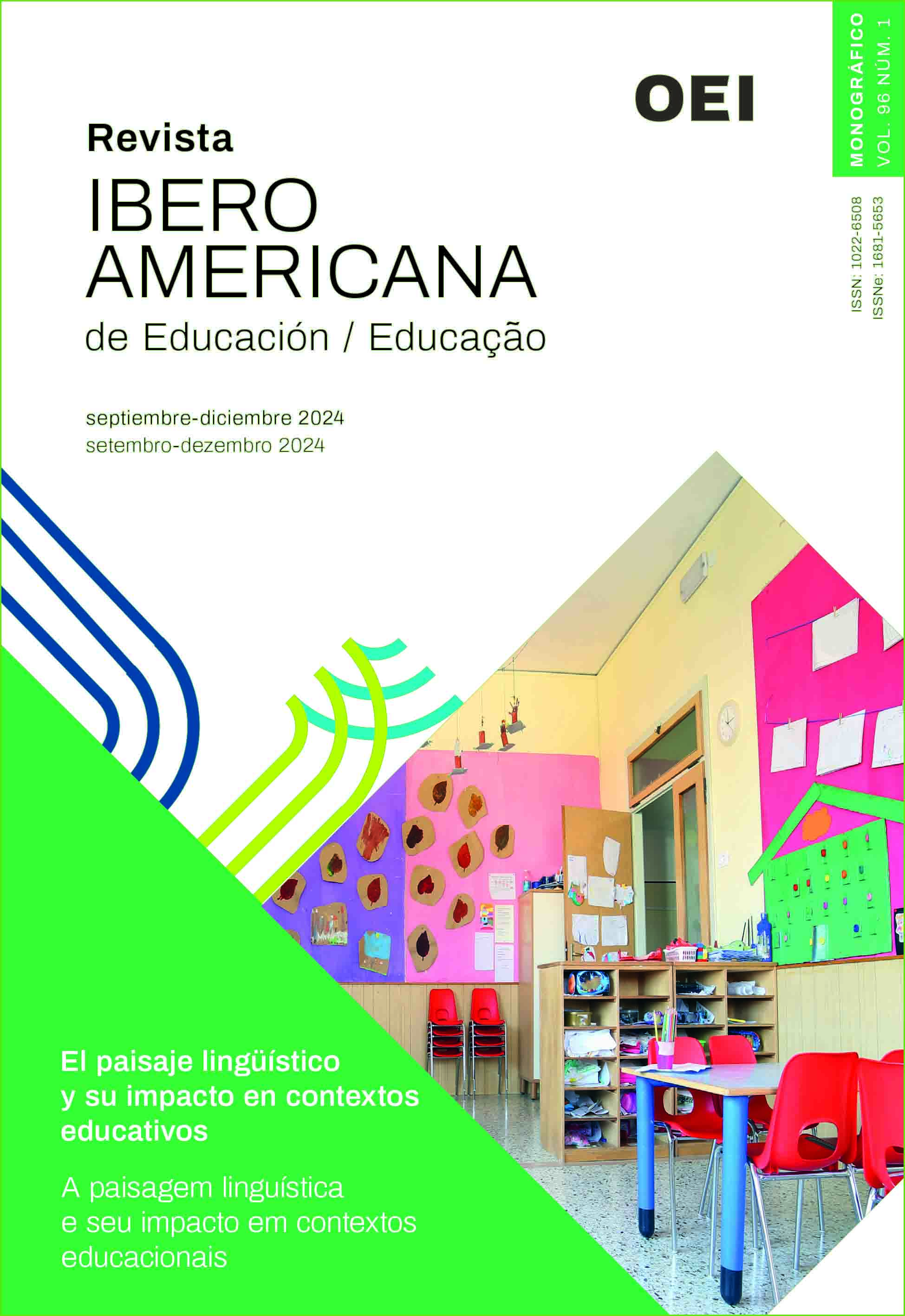The linguistic landscape in Architecture and Urbanism: a case study applied to teaching
DOI:
https://doi.org/10.35362/rie9616428Keywords:
linguistic landscape, Graduate Education, teaching of architecture and urbanism, landscapeAbstract
This paper discusses the linguistic landscape in Architecture and Urbanism. Even though it is a well-established field of knowledge, the linguistic landscape has been multifaceted and fluid, being open to new epistemological exercises. In this sense, the author proposes that the linguistic landscape in Architecture is present in the advertising apparatuses, signages and other communication languages of the urban environment and real estate developments, as well as, and very strongly, in the buildings, streets, squares, parks and other built structures that, due to the millennial cultural messages they carry, offer their semantic repertoire to the free interpretation and decipherment of users. The paper begins by discussing the idea of landscape as a triad composed of imaginaries, representations and materialities, continues by discussing the linguistic landscape, its origin and theoretical assumptions, and its relationship with Architecture, exemplifying with a case study, which stems from academic research developed by the author since 2006. The discussion ends by presenting the use of case study as a pedagogical practice in graduate education in Architecture and Urbanism, which has enabled the contact of students with the scope of the linguistic landscape, a knowledge still little known in that field of knowledge, where has space for ample growth
Downloads
References
Benevolo, L. (2001). A cidade e o arquiteto. São Paulo: Perspectiva.
Carvalho, J. M. (1998). O motivo edênico no imaginário social brasileiro. Revista Brasileira de Ciências Sociais, 13(38). https://go.oei.int/tjegjtf3. DOI: https://doi.org/10.1590/S0102-69091998000300004
Cullen, G. (2010). Paisagem Urbana. Lisboa, Edições 70.
Gorter, D. & Cenoz, J. (2024). A Panorama of Linguistic Landscape Studies. Bristol; Jackson: Multilingual Matters. DOI: https://doi.org/10.21832/9781800417151
Holanda, S. B. (2010). Visão do paraíso: os motivos edênicos no descobrimento e colonização no Brasil. São Paulo: Companhia das Letras.
Landry, R. & Bourhis, R.Y. (1997). Linguistic landscape and ethnolinguistic vitality: An empirical study. Journal of Language and Social Psychology 16(1), 23-49. https://doi. org/10.1177/0261927X970161002. DOI: https://doi.org/10.1177/0261927X970161002
Lynch, K. (1960). The image of the city. Cambridge (USA): The MIT Press.
Pesavento, S.J. (2004). A invenção do Brasil - o nascimento da paisagem brasileira sob o olhar do outro. Fênix: Revista de história e estudos culturais, 1, pp. 1-34.
Pesavento, S.J. (2006). Cultura e representações, uma trajetória. Anos 90, 13(23/24), 45-58. DOI: https://doi.org/10.22456/1983-201X.6395
Potteiger, M. & Purinton, J. (1998). Landscape narratives. Design pratices for telling stories. New York: John Wiley and Sons, Inc.
Prado, P. (2012). Retrato do Brasil: ensaio sobre a tristeza brasileira. São Paulo: Companhia das Letras.
Roger, A. (2007). Breve Tratado del paisaje. Madrid: Biblioteca Nueva.
Sevcenko, N. (1996). O front brasileiro na guerra verde: vegetais, colonialismo e cultura. Revista USP, 30, 108-119. DOI: https://doi.org/10.11606/issn.2316-9036.v0i30p108-119
Shohamy, E. (2019). Linguistic landscape after a decade: An overview of themes, debates and future directions. In: M. Pütz, M; Mundt, N. (eds). Expanding the Linguistic Landscape: Linguistic Diversity, Multimodality and the Use of Space as a Semiotic Resource. (pp. 25-37). Bristol: Multilingual Matters. https://go.oei.int/kvjgjloh DOI: https://doi.org/10.21832/9781788922166-004
Souza, L. de M. e (2022). O jardim das Hespérides. Minas e as visões do mundo natural no século XVIII. São Paulo: Companhia das Letras.
Williams, R. (2011). O campo e a cidade na história e na literatura. São Paulo: Companhia das Letras.
How to Cite
Published
Issue
Section
License
Copyright (c) 2024 Iberoamerican Journal of Education

This work is licensed under a Creative Commons Attribution 4.0 International License.
Any authors who publish with this journal accept the following terms:















